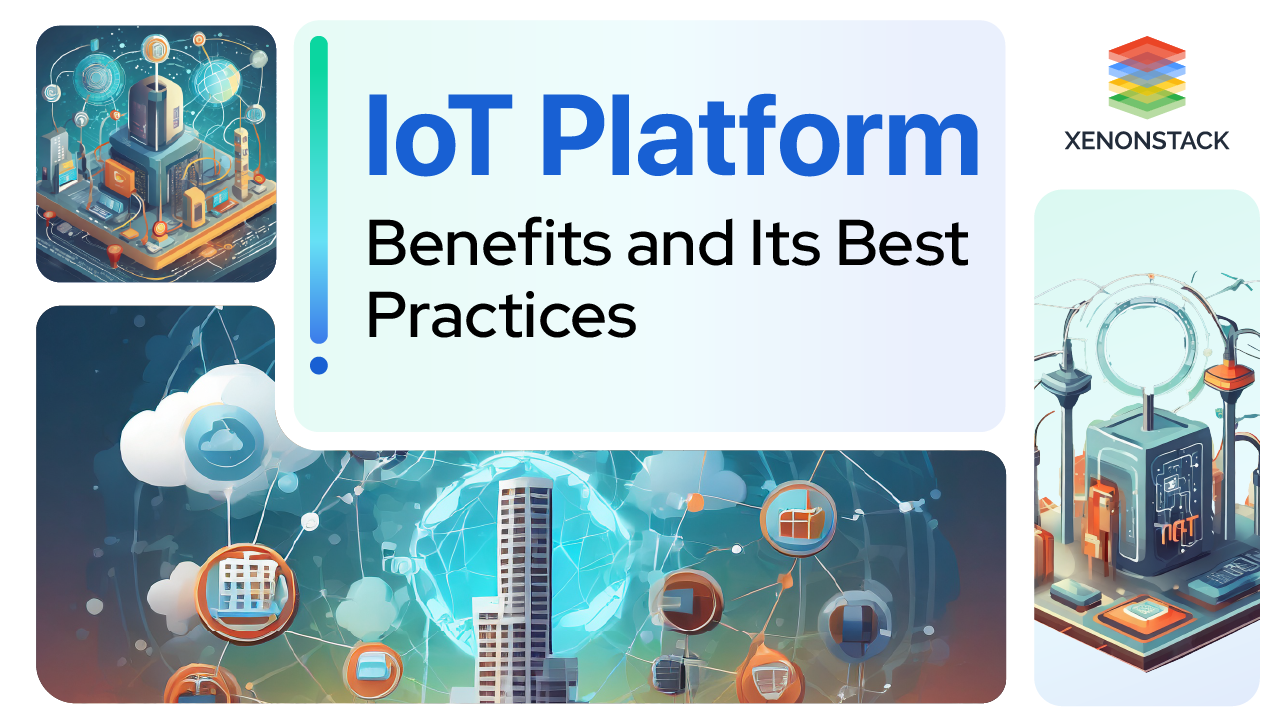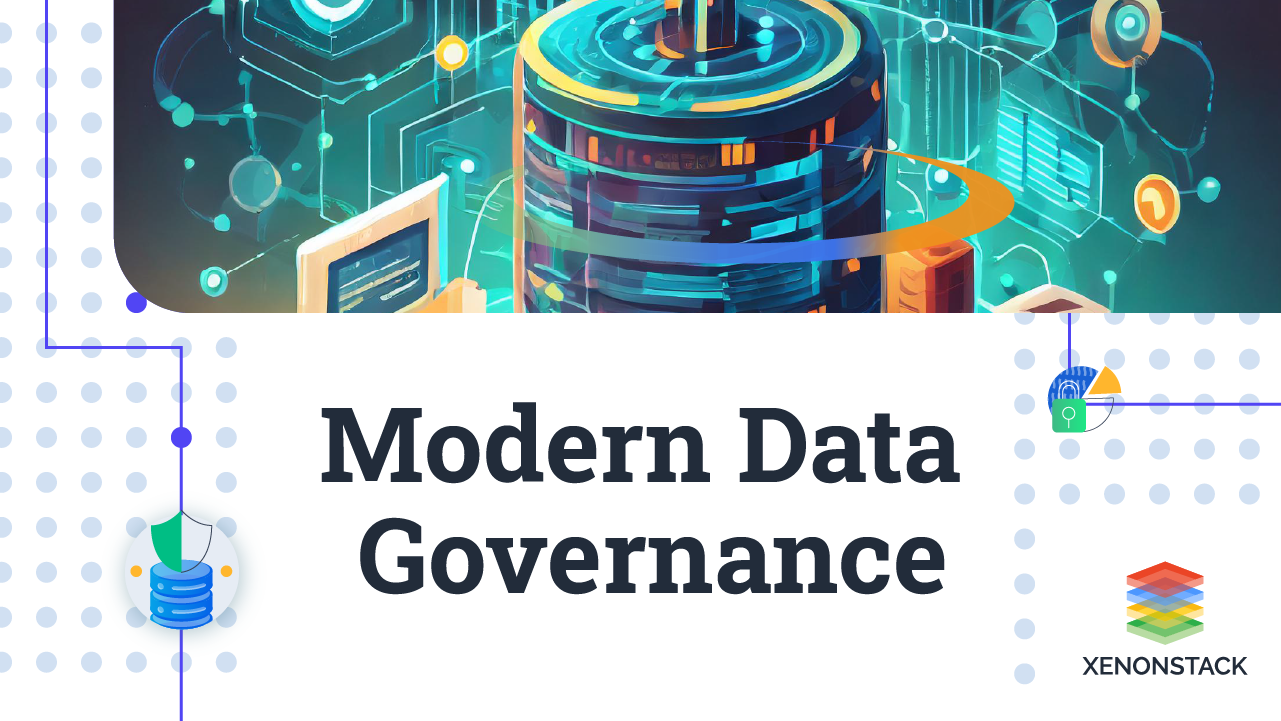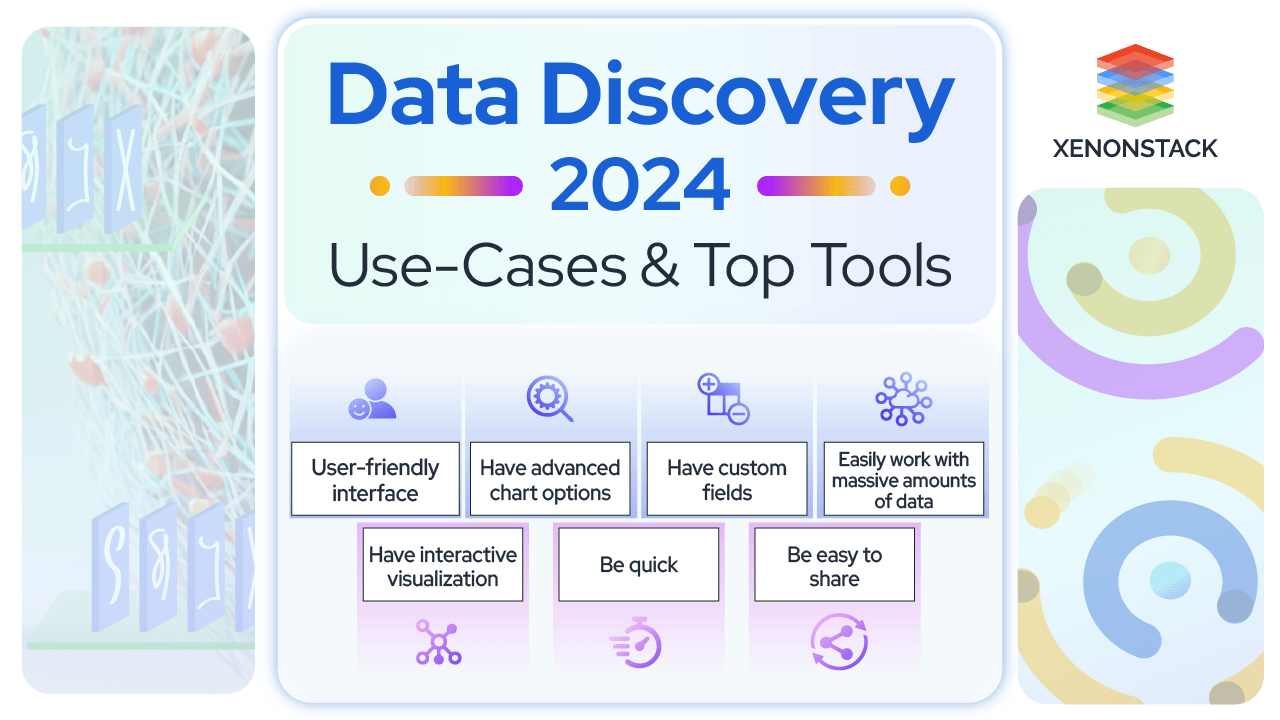
Benefits of IoT Platforms
IoT platforms offer a plethora of advantages for businesses across various sectors. Some of the benefits are as follows:
1. Real-time Monitoring
Imagine having a watchful eye over the devices and sensors round the clock. IoT platforms enable just that, allowing businesses to swiftly detect any issues as they arise and respond in real-time. This proactive approach minimizes downtime and ensures uninterrupted operations.
2. Enhanced Efficiency
By leveraging automation and real-time insights, IoT platforms streamline operations, cut down on costs, and supercharge productivity. Tasks that once required manual intervention can now be automated, freeing up valuable time and resources for more strategic efforts.
3.Improved Customer Experience
Picture a scenario where every interaction with the customers feels tailor-made for their needs. IoT platforms make this a reality by enabling personalized interactions, offering better recommendations, and providing immediate support. This level of attentiveness cultivates customer loyalty and satisfaction, fostering long-term relationships.
4. Data-driven Decisions
With IoT platforms, businesses gain access to a treasure trove of data that offers invaluable insights into customer behavior and preferences. Armed with this understanding, organizations can make informed choices, fine-tune strategies, and outpace competitors in a constantly changing market landscape.
5. Heightened Security
In today's digital landscape, security is paramount. IoT platforms provide robust security measures, including real-time monitoring and rapid response to security threats. This proactive approach helps safeguard sensitive data and ensures the integrity of operations, instilling confidence in customers and stakeholders alike.
6. Scalability
As businesses grow and evolve, so do their needs. IoT platforms offer the flexibility to easily accommodate additional devices and sensors, ensuring scalability without compromising performance or efficiency. Whether it's expanding operations or adapting to changing market demands, IoT platforms provide the agility needed to stay ahead of the curve.
7. New revenue streams
IoT technology can enable new business models and revenue streams, such as remote monitoring and predictive maintenance. As companies that adopt IoT technology can gain a competitive advantage over those that do not, as they can offer more innovative and efficient products and services.
These benefits underscore the transformative impact of IoT platforms on businesses, enhancing both customer experience and operational efficiency. In contact centers specifically, IoT platforms elevate customer service by delivering real-time insights, facilitating personalized interactions, and providing immediate support. By embracing IoT technology, businesses can unlock a world of opportunities and thrive in today's competitive landscape.
Why Adopting the IoT Matters?
IoT devices are transforming various aspects of life and work, such as health, habits, environment, and industries. IoT enables collecting and analysing physical data for smarter decisions and actions. IoT simplifies and enhances many fields, such as healthcare, industry, home automation, environmental monitoring, and retail.
How does an IoT platform work?
An IoT platform works by providing the necessary infrastructure and tools for organizations to build, manage, and analyse IoT applications. It handles various functions, such as connecting to devices, securing them, managing them, and supporting data analysis. Here's an overview of how an IoT platform works:
- IoT platforms facilitate the entire lifecycle management of IoT devices, encompassing planning, onboarding, monitoring, maintenance, and retirement processes.
- These platforms serve as centralized solutions, connecting, managing, and analyzing data from IoT devices. They streamline IoT project deployment, reduce technical complexities, and enable smarter actions and production.
- IoT platforms contribute to sustainability efforts by offering insights into equipment performance, asset location, and resource consumption. This insight drives smarter consumption and production practices.
- Benefits of IoT platforms include scalability, cost savings, heightened security, and improved decision-making through comprehensive data analysis.
- These platforms find applications across diverse industries like manufacturing, agriculture, and retail, where they enhance profitability, work safety, and brand image.
Furthermore, IoT platforms empower the collection of physical data and subsequent application of analytics, optimizing operations, production, and revenue generation.
What are the Key components of an IoT platform?
1. Connectivity
This layer serves as the foundation for IoT platforms, facilitating seamless communication between devices and the internet. It encompasses protocols, gateways, and APIs that enable devices to establish connections and exchange data reliably.
2. Device Management
Managing the lifecycle of IoT devices is crucial for ensuring their efficient operation. This layer handles tasks such as device onboarding, provisioning, and maintenance. It includes features like firmware updates, remote configuration, and monitoring to ensure devices are functioning optimally throughout their lifecycle.
3. Data Management
As IoT devices generate vast amounts of data, effective management of this data is essential. This layer handles tasks related to data storage, processing, and analysis. It includes features such as data ingestion, storage optimization, real-time processing, and advanced analytics to derive actionable insights from the data generated by IoT devices. An IoT platform helps businesses manage data at scale.
4. Application Enablement
It provides tools and APIs for developers is essential for building applications that interact with IoT devices and data. This layer offers development frameworks, APIs, SDKs, and other tools that empower developers to create innovative applications tailored to specific use cases and business requirements.
5. Cloud Computing Services
Leveraging cloud-based services is instrumental in scaling IoT platforms and handling the massive amounts of data generated by IoT devices. This layer encompasses various cloud services such as storage, computing, and analytics. It includes features like cloud storage, serverless computing, and machine learning to efficiently process and analyse IoT data in the cloud.
6. Interoperability and integration
This layer enables diverse devices, like sensors, cameras, and wearables, to communicate seamlessly with the IoT platform. This ensures accurate data transmission to the cloud, enhancing scalability and fostering innovation in the IoT ecosystem.
7. Security
By utilizing the security features inherent in IoT platforms, organizations can effectively protect the integrity and confidentiality of data within their IoT systems. This step includes incorporating encryption, access controls, and authentication methods to mitigate security risks and ensure the security of sensitive information against unauthorized access.
8. Analytics
IoT platforms often come equipped with advanced analytics capabilities, including rule engines, event stream processing, machine learning, and data visualization tools. These analytics functionalities empower organizations to analyse data either at the edge or in the cloud, enabling them to derive actionable insights. Through the utilization of analytics, organizations can make informed decisions, enhance operations, and boost efficiency within their IoT ecosystems.
9. Application Development
Enabling the development of custom applications is crucial for extending the capabilities of IoT platforms. This layer provides developers with the necessary tools, resources, and documentation to build and deploy applications that interact with IoT devices and data. It includes features such as APIs, SDKs, development environments, and testing tools to streamline the application development process.
Adopting IoT Platforms
Adopting IoT platforms involves integrating IoT technology into various industries and applications to leverage its capabilities for enhancing efficiency, productivity, and innovation. Here's a brief overview of adopting IoT platforms across different sectors:
1. Healthcare System
Monitors patient health parameters, aids in asset management, and allows remote device configuration for hospitals.
2. Industrial
Monitors industrial assets implements predictive maintenance, and triggers alerts for real-time machine part replacements.
3. Home Automation
Monitors home appliances, enhances security with door sensors and cameras, and enables smart control of electric devices.
4. Environmental Monitoring
Collects real-time data from sensors for environmental monitoring and forecasting.
5. Retail
Enhances customer experience, prevents theft, and provides sales analytics for retailers.
Best Practices for Implementing IoT Cloud Platform
1. Prioritize Network Security
Ensure that network connections are secure by employing strong encryption methods, robust access controls, and authentication protocols. This helps to prevent unauthorized access to IoT devices and the data they transmit.
2. Focus on Device Security
Choose IoT devices from reputable manufacturers that prioritize security. Regularly update devices with security patches and implement measures to prevent tampering or unauthorized access.
3. Protect Data
Enforce robust data security protocols including encryption, access controls, and anonymization techniques to protect sensitive information gathered from IoT devices. Comply with applicable data privacy regulations and industry standards to maintain compliance.
4. Stay Compliant
Stay informed about regulatory requirements and industry standards pertaining to IoT security, data privacy, and industry-specific regulations. Ensure that the IoT cloud platform complies with all applicable laws and regulations.
5. Continuous Monitoring
Regularly monitor IoT networks, devices, and data for security vulnerabilities and anomalies. Utilize security monitoring tools, intrusion detection systems, and vulnerability scanning to detect and address security threats promptly.
6. Empower Employees
Implement thorough training and awareness initiatives to educate employees on IoT security best practices and potential risks. Ensure clear understanding of their roles in upholding IoT security and equip them to respond effectively to security incidents. By following these guidelines, organizations can securely deploy and manage IoT cloud platforms, reducing the risk of breaches and maximizing the benefits of IoT technology for business operations.
Top IoT Cloud Platform Solutions
Some of the top IoT cloud platforms in 2024 include:
1. Amazon Web Services (AWS) IoT Platform
- Dominates the consumer cloud market since 2004, offering comprehensive tools and features.
- Extremely scalable, capable of supporting billions of devices and trillions of interactions.
- Pricing based on messages sent and received, with no minimum fees for certain AWS services.
- Provides a software development kit (SDK) for app development.
2. Microsoft Azure IoT Hub
- Offers cloud storage, machine learning, and IoT services, aiming to be a complete IoT solutions provider.
- Pricing based on tiers depending on the amount of IoT data generated, with a free tier available.
- Integrates with other Microsoft services and offers advanced analytics capabilities.
3. IBM Watson IoT Cloud Platform
- Focuses on accessibility with easy-to-use apps and interfaces.
- Offers sample apps for experimentation and historical data storage for insights.
- Pricing based on metrics like data exchanged and analysed, with a free tier for experimentation.
4. Google IoT Cloud Platform
- Prioritizes ease of use and real-time data processing with "Google grade" security.
- Pricing based on a per-minute basis, often cheaper than AWS.
- Offers an IoT operating system and takes advantage of Google's global fiber network.
5. Oracle IoT
- Targets manufacturing and logistics workloads, providing real-time IoT data analysis.
- Device visualization for easy analytics and managing device data.
- Pricing calculated per device with a set number of messages per month.
6. Salesforce IoT
- Powered by Thunder for high-speed, real-time decision-making.
- Designed for meaningful customer interactions with a user-friendly interface.
- Offers pricing either at a set price or on a quote basis.
7. Bosch IoT Suite
- Focuses on security and efficiency based on open-source IoT standards.
- Flexible pricing based on usage.
8. Cisco IoT Cloud Connect
- Provides industry-level cloud solutions with advanced security and centralized data management.
- Aimed at strengthening customer relationships and finding new revenue streams.
- Popular use cases include home security, healthcare, and predictive maintenance.
9. General Electric Predix
- Offers connectivity and analytics at scale for the industrial market.
- Pricing based on a pay-as-you-go model.
10. SAP Leonardo IoT
- Offers capabilities for building AI apps using IoT data and secure data management.
- Pricing structured into tiers for developers, medium businesses, and enterprises.
Each platform offers distinct features and capabilities. Selecting the ideal fit for your business demands thoughtful consideration of aspects like scalability, security, and ease of use
Conclusion
In conclusion, IoT platforms represent the cornerstone of the digital revolution, facilitating seamless connectivity, data exchange, and innovation on an unprecedented scale. By understanding the intricacies of IoT platforms and adhering to best practices, organizations can harness their full potential to drive efficiency, productivity, and transformative change.
- Discover more about IoT Analytics Platforms for Real-Time Data Ingestion
- Click to explore Azure IoT Services and Solutions




